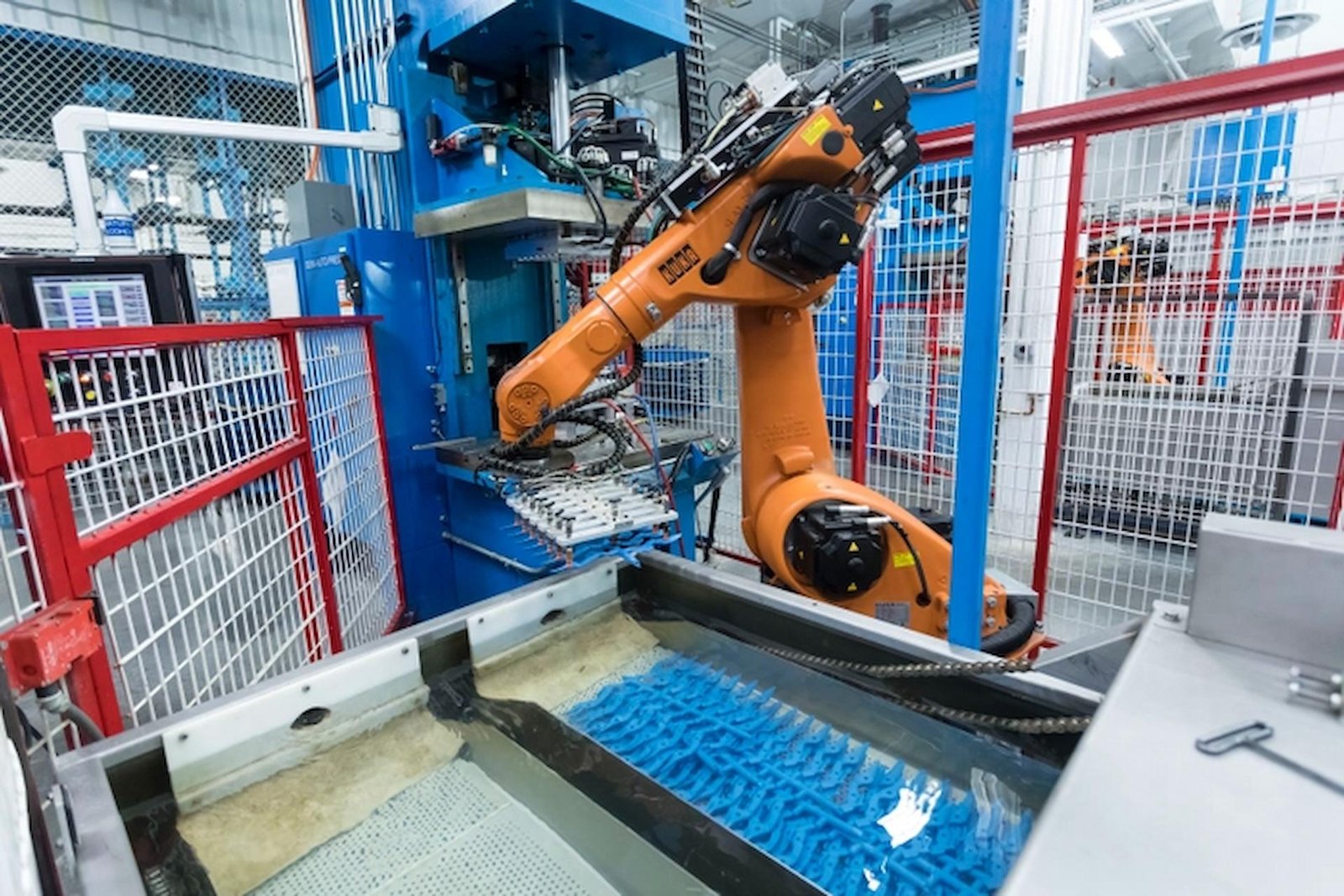Investment casting has long been a cornerstone of precision manufacturing. Its ability to produce complex and accurate components makes it highly valued in high-performance industries. From aerospace to automotive and beyond, this method ensures that manufacturers meet stringent standards without compromising on quality or efficiency.
Precision That Matters
One of the primary advantages of investment casting is the precision it offers. The process begins with a wax model, which is used to create a mould. Molten metal is then poured into this mould, capturing even the most intricate details. This level of accuracy is essential for industries where tolerances are tight and components must fit perfectly. In aerospace, for example, every part must adhere to exact specifications. Investment casting ensures that even the smallest detail is accounted for, reducing the need for additional machining.
Material Versatility
Another benefit of investment casting is the range of materials it can accommodate. From stainless steel to nickel alloys, manufacturers have the flexibility to choose metals that best suit their applications. This versatility allows high-performance industries to optimise both strength and weight. Components produced using investment casting can withstand extreme conditions, whether high temperatures in engines or corrosion in marine environments.
Cost Efficiency for Complex Parts
Although the initial setup may seem costly, investment casting often proves more economical in the long run, particularly for complex parts. Traditional methods may require extensive machining or assembly, increasing production time and cost. Investment casting allows for near-net-shape components, meaning that parts come out of the mould very close to their final dimensions. This reduces the need for further processing, saving both time and resources.
Consistency and Reliability
High-performance industries demand consistency. Investment casting delivers repeatable results with minimal variation between parts. This reliability is crucial in sectors like automotive manufacturing, where a small deviation can affect overall performance and safety. By producing parts that consistently meet specifications, manufacturers can maintain high standards and reduce the risk of defects.
Design Flexibility
Investment casting is not only precise but also highly adaptable in terms of design. Engineers can create intricate shapes that would be challenging or impossible with other methods. Hollow sections, thin walls, and undercuts are achievable without compromising strength. This flexibility allows for innovation, enabling designers to develop more efficient components that improve performance and reduce weight.
Enhancing Performance Through Lightweight Components
Weight reduction is a constant goal in high-performance industries. Lighter components mean better fuel efficiency, faster acceleration, and reduced stress on other parts. Investment casting allows manufacturers to produce strong, lightweight components that do not sacrifice durability. By optimising designs and using suitable materials, the process contributes directly to overall system efficiency.
Reduced Waste and Environmental Impact
Investment casting is also environmentally advantageous. The process produces less scrap compared to other methods, as materials are used more efficiently. Wax models can be reused, and excess metal is often recyclable. For industries increasingly concerned with sustainability, this method aligns production efficiency with environmental responsibility.
Scalability and Small-Batch Production
High-performance industries often require both large-scale and small-batch production. Investment casting caters to this need, offering flexibility in production volume. Small batches of customised parts can be produced without significant increases in cost or time. This makes it ideal for prototype development or specialised equipment, where precision and quality cannot be compromised.
Longevity and Durability
Components created through investment casting are known for their longevity. The method produces parts that are strong, resistant to wear, and capable of performing under extreme conditions. This durability reduces maintenance costs and extends the service life of critical components, which is particularly important in aerospace, automotive, and energy sectors.
Conclusion
Investment casting stands out as a method that combines precision, versatility, and efficiency. Its ability to produce highly accurate, complex parts makes it indispensable in high-performance industries. From reducing weight and waste to ensuring consistent quality and durability, investment casting continues to provide tangible benefits. For manufacturers seeking reliable solutions for challenging applications, understanding and leveraging the advantages of investment casting is essential. This method not only meets the demands of today but also supports the innovation of tomorrow.




